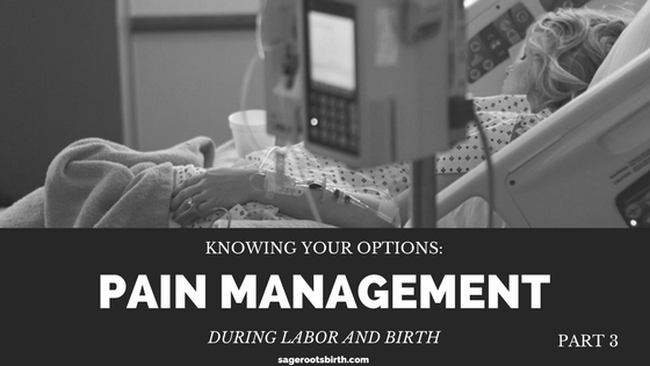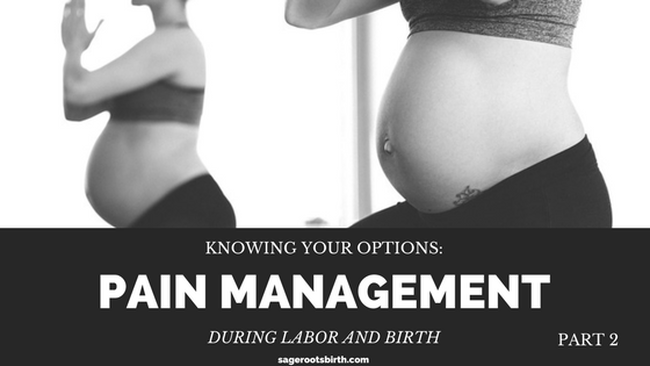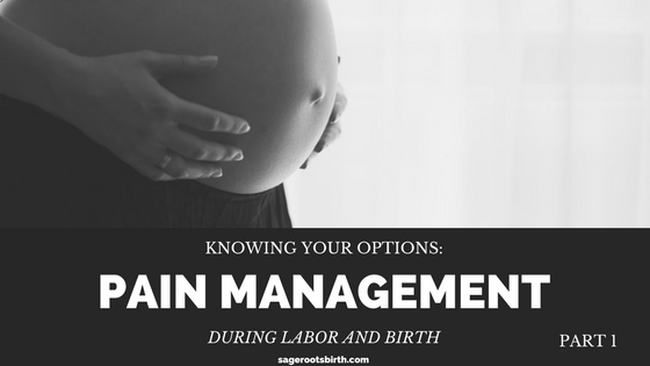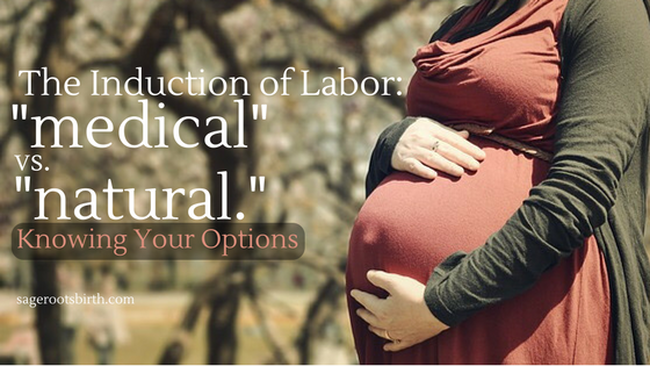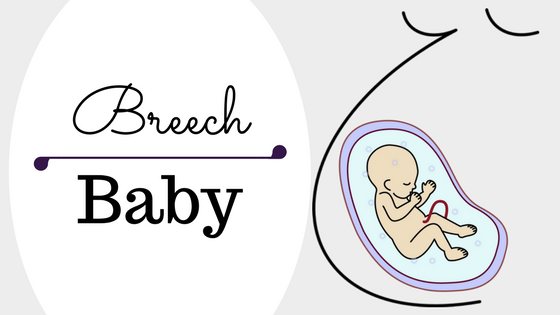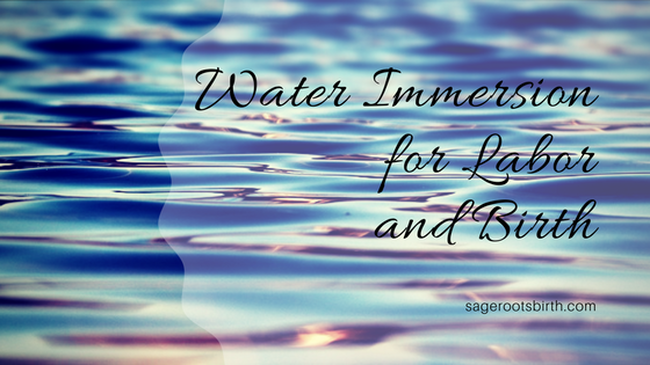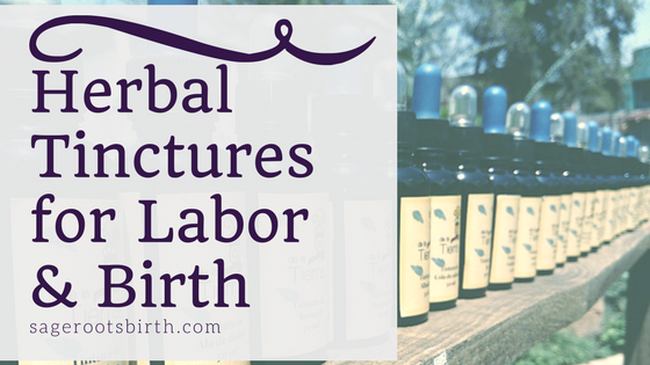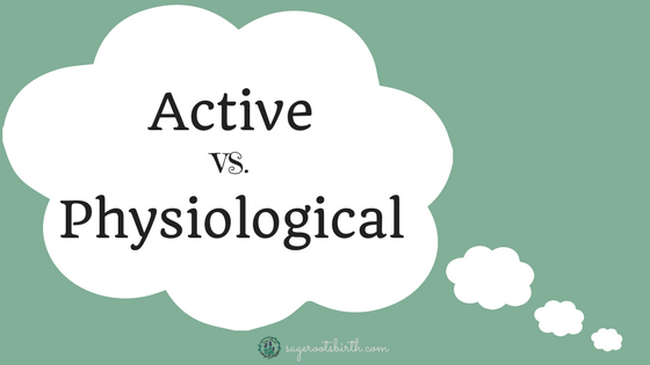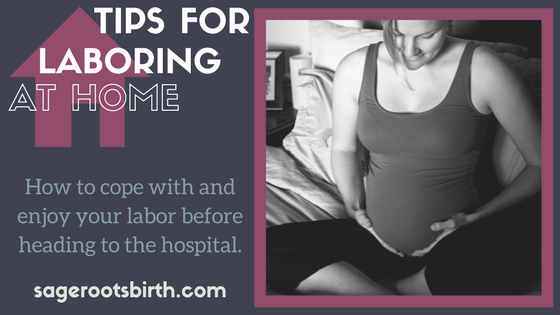|
I birthed my 4th baby! I am still surprised as I’m writing this, even almost two months later, that my 4th baby is actually here in my arms. It has taken me a while to feel up to writing out his birth story as the newborn phase has demanded much of my time and brain-space. However, it’s time to record his story as I did for all my children. This one starts with a bit of a scare.
0 Comments
You're a pain expert now! You're familiar with methods to reduce that pain without medication or before (and after) you utilize any pain medications during labor and birth. If you're reading on this far, perhaps it because you plan on utilizing these medications, perhaps it's because you're unsure about what you want yet, or maybe you're just curious. No matter your reason, I'm here to help you explore those options!
So now that we understand what pain is and dived a little deeper in how the body works during labor and birth, it's time to get into how to cope with the discomfort and, yes, pain that comes with having a baby. There are different kinds of methods and medications out there for you to consider. So much so, in fact, that I broke what was going to be one long article on pain management into three separate articles.
I'm choosing to start with non-medicated pain options. The reason for this is because I feel strongly that everyone needs to be familiar with these methods, even if you're planning a medicated birth. While the following tools and skills can certainly be used all on their own, they can be used during a medicated birth either along side medication or in the even that medication does not end up working well for you.
Labor and birth can be intense, that's no secret. But, we all know there are different kinds of pain, right? There's the pain of a headache and the pain of a migraine. There's the pain of a running a marathon and the pain of breaking a bone. There are levels and intricacies of pain and, of course, it's all relative. What is pain to one person may be suffering to the next and vise versa.
The first step to understanding what options you have for pain management during labor is understanding what pain is. So let's start there, shall we? Welcome to the first post in my Know Your Options series! Okay, ready? Let's jump right in!
What is induction? According to the American College of Obsetricians and Gynecologists (ACOG), induction is the use of medication or other methods to bring on labor. Augmentation is when methods are used to speed up or slow down a labor that has already started. When babies are positioned so that their buttocks or feet will be born first, we call them breech. Approximately 3-4% of all deliveries will be of breech presentation babies. The percentage of breech deliveries is higher with premature babies at 22% prior to 28 weeks' gestation, 7% at 32 weeks' gestation, and just 1-3% at term. That's roughly 1 out of every 25 full term babies breech. So, what causes babies to be breech and what can you do if you find yourself with a breech baby?
Over the last 30 years, water immersion for labor and birth has been growing in popularity as a means of reducing pain and stress during childbirth. The term “water immersion” is usually reserved to mean laboring in water during the first stage of labor and getting out of the water for the second and third stages of labor. The term “waterbirth” better describes what happens when the birthing person remains in the water during the second stage of birth, when baby is born. In this article, the two will be addressed as one. Keep in mind, however, that when and how much you use any time of water during labor and birth is up to you and should be talked over with your care provider.
Herbs can be an excellent alternative to pharmaceutical drugs for pain relief and comfort during labor. Herbal teas for pregnancy and breastfeeding have become popular. And certainly, teas are an excellent way to ingest herbs. However, there are multiple ways to take herbs and a tea might not be the most convenient way during labor. Tinctures, which can be prepared in advance, might be.
Of the three stages of labor, the third one is the most often overlooked. Stage one, otherwise known as “labor,” can be intense and preparation is of course needed. The second stage, the pushing stage, might be an odd sensation and something difficult to describe to the first-time mother making it a big unknown needing a lot of research and understanding. The first two stages of birth get a lot of well-deserved attention. Yet, birth has a third stage, the placental delivery, worth paying close attention to as well. What kind of care you receive during the third stage has just as much impact on your experience, your health, and your baby’s health. Therefore, it is beneficial to be familiar with your choices and options.
Pre-labor and early labor are important parts of labor where the cervix moves forward and begins to thin. You're between 0 and 6 centimeters dilated. Pre-labor contractions maybe be irregular or start and stop. Early labor contractions may start out 10-15 minutes apart and only lasting 30 seconds, getting closer together and longer as you progress.
Laboring at home as long as possible during this time has many benefits. You can often be more comfortable at home during early labor than you would be in the hospital or birth center. It also increases your chances of having a low-intervention birth. Plan on staying home as long as possible throughout early labor and use these tips to make it the best experience for you. |
LauraI'm the owner of Sage Roots. Woman, wife, mother, doula, writer, bookworm, hiker, gamer, and Christian. Categories
All
Archives
September 2022
|
Services |
Company |
|



